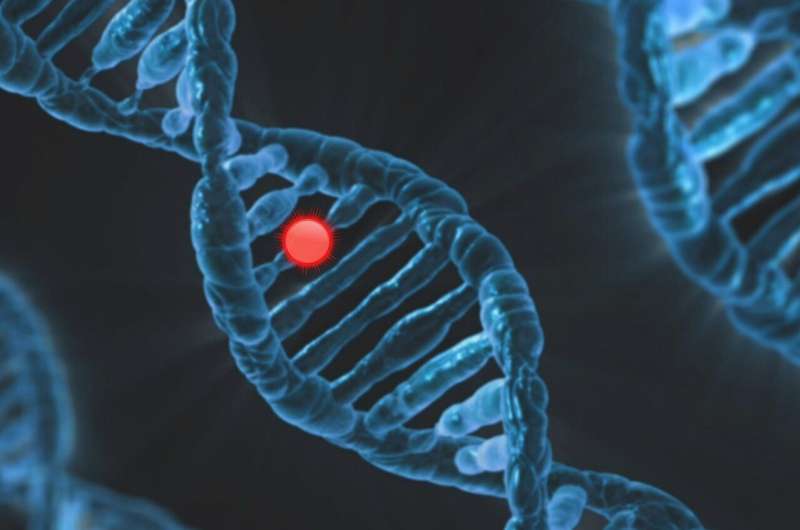AI-Driven Echocardiography Enhances Early Detection of Cardiac Amyloidosis

A new AI-powered echocardiography tool improves early detection of cardiac amyloidosis, enabling timely treatment and better patient outcomes. Developed by Mayo Clinic and Ultromics, this innovative system offers high accuracy in identifying amyloid buildup in the heart.
Recent advancements in artificial intelligence (AI) have led to the development of a highly accurate echocardiography screening tool for cardiac amyloidosis, a rare but serious form of heart failure caused by the buildup of amyloid proteins in the heart tissue. A collaborative study by Mayo Clinic, Ultromics Ltd., an Oxford-based AI echocardiography firm, and the University of Chicago Medicine validated this innovative model on a diverse, multiethnic patient population. This groundbreaking AI system uniquely analyzes a single echocardiographic video clip to identify signs of amyloid deposits, achieving an impressive 85% sensitivity and 93% specificity. Its ability to distinguish cardiac amyloidosis from other similar cardiac conditions across all major types marks a significant advancement in early diagnosis.
Cardiac amyloidosis occurs when abnormal proteins called amyloid accumulate within the heart muscle, causing the heart to stiffen and impairing its function. Due to overlapping symptoms and imaging features with other heart diseases, it often remains undiagnosed until advanced stages. However, early detection is vital, as recent therapies can slow or halt disease progression if started promptly.
Building upon a prior successful AI model for detecting heart failure with preserved ejection fraction (HFpEF), which gained FDA approval in 2022, this new AI tool offers clinicians a powerful diagnostic aid. The model's superior performance over traditional screening methods enables more accurate and earlier diagnosis, improving patient outcomes.
Dr. Patricia Pellikka, a cardiologist at Mayo Clinic and lead author of the study, emphasized the potential impact: "This AI model is a breakthrough that helps identify affected patients sooner, allowing for earlier intervention with targeted treatments. It surpasses conventional echocardiography screening, providing clinicians with stronger insights for further testing and management. Early diagnosis is crucial, given the availability of newer, more effective therapies."
Currently FDA-cleared, the AI-based screening tool is being implemented at multiple healthcare institutions across the United States. As its adoption grows, it promises to become a standard component of cardiac diagnostic protocols, aiding in the timely identification and treatment of this often-missed condition.
For more information, see the study by Jeremy A. Slivnick et al., published in the European Heart Journal: [DOI: 10.1093/eurheartj/ehaf387]. Source: Medical Xpress.
Stay Updated with Mia's Feed
Get the latest health & wellness insights delivered straight to your inbox.
Related Articles
Eating Late in the Evening May Impair Blood Sugar Regulation
Recent research highlights how eating late at night may impair blood sugar regulation and insulin sensitivity, emphasizing the importance of meal timing for metabolic health.
Fragile X Syndrome: Uncovering Cellular and Molecular Mechanisms Behind Cognitive Impairment
Recent research uncovers how the absence of FMRP disrupts protein regulation in the brain, leading to cognitive challenges in Fragile X syndrome. Discover the cellular and molecular insights driving future therapies.
Summer Heatwaves Elevate Risk of Child Fatalities in Hot Vehicles
Rising summer heatwaves are significantly increasing the risk of child fatalities in hot vehicles, emphasizing the need for awareness and preventive routines to save lives.



